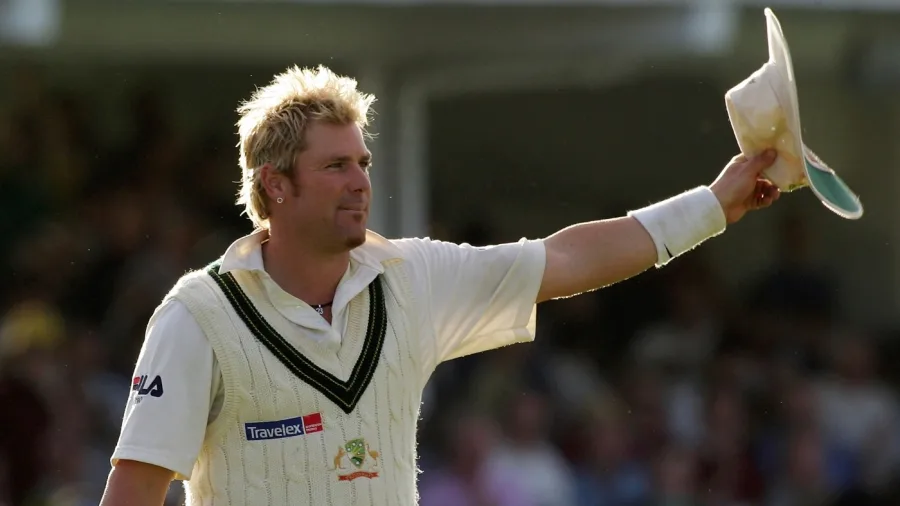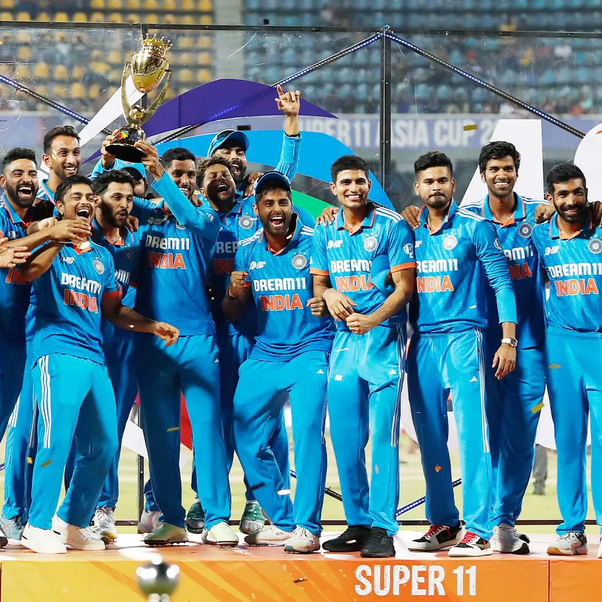Melbourne Cricket Ground Boundary Length
Introduction

The Melbourne Cricket Ground (MCG), often referred to as “The G,” is one of the most iconic cricket stadiums in the world. Located in Melbourne, Australia, it has a rich history dating back to its establishment in 1853. Beyond its historical significance and status as a premier sporting venue, the MCG is renowned for its unique dimensions, particularly its boundary length, which plays a crucial role in the dynamics of the game played there.
Overview of the Melbourne Cricket Ground
The MCG is one of the largest stadiums in terms of capacity, accommodating over 100,000 spectators. It is a multi-purpose stadium that hosts a variety of sports, including cricket, Australian rules football, and soccer, as well as concerts and other events. However, its design and dimensions are tailored significantly for cricket, making it a challenging yet exciting venue for players and spectators alike.
Boundary Length at the MCG
The boundary length at the MCG is notably larger than many other cricket grounds around the world. The dimensions are not uniform, which adds a layer of complexity to the game:
– Straight Boundaries: The distance from the center of the pitch to the straight boundaries at the MCG typically ranges from approximately 86 to 91 meters (282 to 299 feet).
– Square Boundaries: The square boundaries, on the sides of the pitch, are usually shorter, ranging between 65 to 72 meters (213 to 236 feet).
These variations mean that the MCG does not conform to the more standard dimensions seen in many other international cricket venues, where boundaries are often more uniformly set.
Impact on the Game
1. Batting Strategies:
The longer straight boundaries at the MCG mean that batsmen need to be more strategic with their shot selection. Power hitters often need to rely on precision and placement rather than just brute force. This encourages a mix of traditional cricketing shots along with innovative strokes to find gaps and accumulate runs.
2. Bowling Tactics:
Bowlers can use the expansive boundaries to their advantage by tempting batsmen to play lofted shots, which have a higher risk of being caught out. Spinners, in particular, benefit from the larger outfield as it allows them to flight the ball more without the immediate threat of being hit for a six.
3. Fielding Challenges:
The vast expanse of the MCG outfield demands exceptional fitness and agility from fielders. Fielders have to cover a lot of ground to cut off boundaries and save crucial runs. This often results in some spectacular fielding efforts, which add to the excitement of the game.
4. Game Dynamics:
Matches at the MCG can be particularly dynamic due to its size. The ability to convert singles into doubles and the challenge of clearing the boundaries can lead to more balanced contests between bat and ball. Teams need to adapt quickly to these conditions, making strategic planning crucial.
5. Historic Performances:
The unique boundary dimensions have contributed to many memorable performances and matches at the MCG. Players who excel here often demonstrate not only skill but also an understanding of how to adapt their game to the specific challenges posed by the ground.
The History of Melbourne Cricket Ground (MCG)

The Melbourne Cricket Ground (MCG), located in Yarra Park, Melbourne, Australia, is one of the world’s most iconic sports venues. Known colloquially as “The G,” this historic ground has been a central hub for cricket and various other sports for over 150 years. Here, we delve into the rich history of the MCG, highlighting its evolution, memorable events, and its role in Australian and international sports.
Early Years: Foundation and Establishment
The MCG was established in 1853, just 19 years after the founding of Melbourne. The Melbourne Cricket Club (MCC) was formed in 1838, and it was granted a lease on a parcel of land in Yarra Park, leading to the construction of the ground. The original ground was a simple structure compared to the grand stadium seen today.
Development Through the 19th Century
Throughout the 19th century, the MCG underwent several expansions and renovations. In 1876, the first grandstand was built, reflecting the growing popularity of cricket in Melbourne. The ground quickly became the central venue for major cricket matches, including intercolonial and international fixtures.
The Birthplace of Test Cricket
The MCG holds a special place in cricket history as the site of the first-ever Test match, played between Australia and England in March 1877. Australia won this historic match by 45 runs, setting the stage for the rich tradition of Test cricket. The ground also hosted the first-ever One Day International (ODI) match in 1971, further cementing its significance in cricket history.
The 20th Century: Expansion and Modernization
The MCG continued to evolve throughout the 20th century. Several stands were built, demolished, and rebuilt to accommodate the growing number of spectators and to modernize the facilities. The most significant of these was the construction of the Great Southern Stand in 1992, which increased the seating capacity to over 100,000.
The ground was also a key venue during the 1956 Melbourne Olympics, hosting the opening and closing ceremonies, as well as the athletics events. This period marked the MCG’s transition from a cricket ground to a multi-purpose sports venue.
A Multifaceted Venue
In addition to cricket, the MCG has hosted Australian rules football (AFL) since 1859. It is the home ground for several AFL teams and hosts the annual AFL Grand Final, one of the most-watched events in Australian sports.
The MCG has also been a venue for rugby union, rugby league, soccer, and even concerts and religious events. Its ability to adapt to various events has made it a versatile and vital part of Melbourne’s cultural landscape.
Recent Developments and the Modern Era
The early 21st century saw further renovations aimed at maintaining the MCG’s status as a world-class venue. The redevelopment of the Northern Stand was completed in 2006, coinciding with the 2006 Commonwealth Games, which the MCG hosted.
Technological upgrades have also been a focus, with state-of-the-art scoreboards, lighting, and facilities enhancing the spectator experience. The ground now features modern amenities while retaining its historic charm.
Memorable Moments
The MCG has been the stage for many memorable sporting moments, including:
- Shane Warne’s 700th Test wicket in 2006.
- The 1992 Cricket World Cup final, where Pakistan emerged victorious.
- Numerous AFL Grand Finals, including the dramatic 2010 draw between Collingwood and St Kilda.
Australian Cricketers: Legends of the Game
1. Sir Donald Bradman

Sir Donald Bradman, often referred to as “The Don,” is widely regarded as the greatest batsman in the history of cricket. Born on August 27, 1908, in Cootamundra, New South Wales, Bradman’s career spanned from 1928 to 1948, during which he set numerous records that still stand today.
Batting Prowess: Bradman’s batting average of 99.94 in Test cricket is a testament to his unparalleled skill and consistency. This statistic remains unmatched, with the next best average being significantly lower. Bradman’s ability to dominate bowlers with his precise technique and mental fortitude made him a formidable opponent.
Key Achievements:
- Bradman scored 29 centuries in just 52 Test matches.
- He recorded numerous double and triple centuries, including a highest score of 334.
- Led Australia to multiple Ashes series victories against England.
Legacy: Bradman’s influence extends beyond his statistics. He became a symbol of excellence and resilience, particularly during the difficult years of the Great Depression. His legacy continues to inspire cricketers worldwide, and he is celebrated as a national hero in Australia.
2. Shane Warne

Shane Warne, born on September 13, 1969, in Upper Ferntree Gully, Victoria, is considered one of the greatest spin bowlers in cricket history. His career, which spanned from 1992 to 2007, saw him revolutionize the art of leg-spin bowling.
Bowling Mastery: Warne’s ability to spin the ball prodigiously, combined with his sharp cricketing mind, allowed him to outfox even the best batsmen. His deliveries, such as the famous “Ball of the Century” to Mike Gatting in 1993, became legendary.
Key Achievements:
- Warne took 708 Test wickets, making him one of the highest wicket-takers in Test cricket.
- He also claimed 293 wickets in One Day Internationals (ODIs).
- Warne was a key player in Australia’s dominance in the late 1990s and early 2000s, contributing to their World Cup victory in 1999.
Legacy: Warne’s charisma and on-field brilliance made him a global superstar. He brought leg-spin back into prominence and inspired a new generation of spin bowlers. His contributions to the game were recognized with his induction into the ICC Cricket Hall of Fame in 2013.
3. Ricky Ponting

Ricky Ponting, born on December 19, 1974, in Launceston, Tasmania, is one of Australia’s most successful batsmen and captains. His international career spanned from 1995 to 2012, during which he amassed over 27,000 runs across all formats.
Batting and Leadership: Ponting was known for his aggressive batting style and his ability to play match-winning innings. As a captain, he led Australia to unprecedented success, including back-to-back ICC Cricket World Cup victories in 2003 and 2007.
Key Achievements:
- Ponting scored 13,378 runs in Test cricket, including 41 centuries.
- In ODIs, he amassed 13,704 runs with 30 centuries.
- Under his captaincy, Australia won 48 out of 77 Tests, making him one of the most successful Test captains in history.
Legacy: Ponting’s leadership and batting prowess left an enduring legacy in Australian cricket. He is remembered not only for his records but also for his ability to inspire and lead his team through a period of dominance. Post-retirement, Ponting has continued to contribute to cricket as a coach and commentator.
Conclusion
The Melbourne Cricket Ground’s boundary length is a defining feature that influences the style and strategy of cricket played there. Its expansive dimensions require both batsmen and bowlers to adjust their techniques and tactics, leading to a balanced and engaging contest. The MCG stands as a testament to the rich history and evolving nature of cricket, where the unique characteristics of the ground play a pivotal role in shaping the game’s narrative. Whether it’s the thrill of a hard-fought Test match or the excitement of a T20 showdown, the boundary length at the MCG ensures that cricket played here is always a captivating spectacle.




